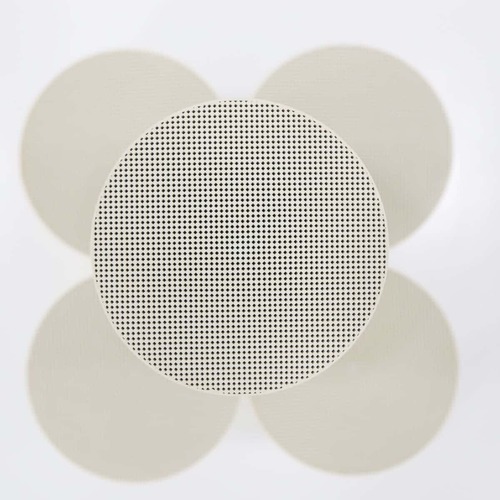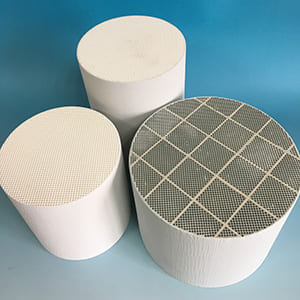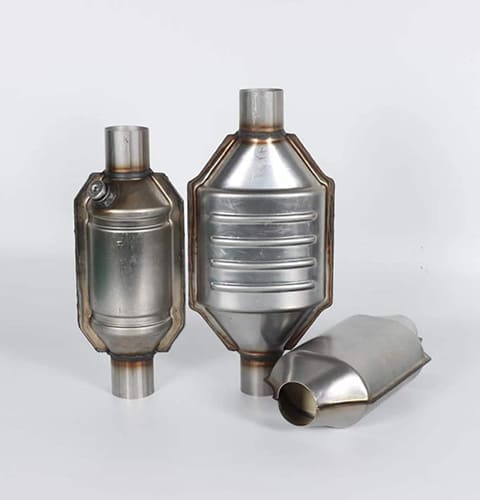Are you wondering how the automotive industry is adapting to stringent environmental regulations? How are manufacturers ensuring compliance with the Euro 6 standards? What role do Gasoline Particulate Filters (GPFs) play in this landscape?
The Euro 6 standards have significantly shaped the automotive industry’s approach to emission control. These regulations, which focus on reducing harmful pollutants from vehicle exhausts, have been a driving force behind the adoption of advanced technologies like Gasoline Particulate Filters (GPFs). GPFs are specifically designed to trap fine particulate matter from gasoline engines, which is crucial in achieving the low emission levels mandated by Euro 6 standards.
Understanding the implications of these standards is essential for businesses operating in the automotive sector. The integration of GPFs not only ensures compliance with environmental regulations but also enhances the overall sustainability of vehicle operations.

What are Euro 6 Standards?
The Euro 6 standards represent a set of regulations imposed by the European Union to limit the amount of harmful pollutants emitted by vehicles. These standards are particularly stringent regarding nitrogen oxides (NOx), hydrocarbons (HC), carbon monoxide (CO), and particulate matter (PM). The introduction of Euro 6 has pushed manufacturers to innovate and incorporate technologies that can effectively reduce these emissions.
Why are Gasoline Particulate Filters Important?
Gasoline Particulate Filters are critical in achieving the PM emission targets set by the Euro 6 standards. These filters capture and store the particulate matter from the exhaust gases, preventing them from being released into the atmosphere. Over time, the trapped particles are burned off, a process known as ‘regeneration’, ensuring the filter remains effective.

How Do GPFs Work?
GPFs operate on a simple yet effective principle. The filter consists of a honeycomb structure made from materials like cordierite or silicon carbide. As exhaust gases pass through this structure, particulate matter is trapped on the walls of the honeycomb cells. The effectiveness of a GPF in reducing PM emissions is a key factor in meeting Euro 6 standards.
Benefits of Implementing GPFs
The implementation of GPFs offers several benefits:
- Compliance with Euro 6 Standards: Ensuring vehicles meet the required emission levels.
- Environmental Impact: Contributing to cleaner air and reducing the health risks associated with particulate pollution.
- Market Advantage: Staying ahead in a market increasingly focused on environmental sustainability.
Challenges in GPF Integration
Despite their benefits, integrating GPFs into vehicles presents challenges. These include:
- Cost Implications: The addition of GPFs can increase the overall cost of the vehicle.
- Maintenance Needs: GPFs require regular maintenance to ensure optimal performance.
- Technical Integration: Adapting engine and exhaust systems to accommodate GPFs can be complex.
Conclusion
Navigating Euro 6 standards is a critical task for automotive manufacturers and suppliers. The role of Gasoline Particulate Filters in this process cannot be overstated. While there are challenges associated with their integration, the benefits of GPFs in terms of compliance and environmental impact make them an essential component in the modern automotive landscape. Understanding and adapting to these changes is crucial for businesses seeking to thrive in a market increasingly governed by environmental considerations.


